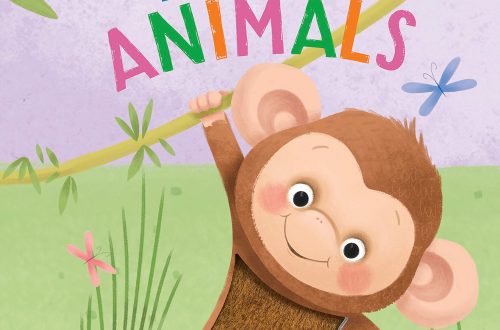Fostering Creativity in Children
[ad_1]
Devoted parents often inaccurately equate creativity with intelligence. In reality, however, creativity and intelligence are different skills and are self-determining. A very creative child may or may not be very intelligent.
What is more, creativity is often mistaken for talent. However, it does extend beyond possession and execution of artistic talent. Basically, a talented child possesses a very high degree of technical skills in a very specialised area.
Defining Creativity
Just what is creativity? In essence, it is a kind of problem solving. It is a special kind of problem solving wherein a child uses his creativity to solve problems that cannot be solved by conventional or popular responses.
A creative child has an adaptable and flexible train of thought. These are skills many experts in education now recognise as critical for children in the classroom setting.
The focus in the creative process for young children is on the process itself. The focus is on the development and generation of original ideas. Here, the product is not as important as the process.
Therefore, teachers and parents need to encourage children to have an out-of-the-box thinking style. Children should be encouraged to have original ideas, without too much weight on the feasibility of their ideas.
Children’s creativity is commonly quantified in terms of “ideational fluency tasks”. Such tasks involve children in some kind of brainstorming, allowing them to produce as many responses as possible.
Tapping the Creative Potential
As a result of the socialisation process, many children learn to conform during their early years in school. This means that originality drops. Thus, parents and teachers need to ensure that the child avoids the “right answer fixation”.
Children should be given the chance to communicate different thoughts. They should be encouraged to look for more than one answer to a problem. Experts suggest that creative children are usually involved in some kind of imaginative play. Additionally, they are not driven by external factors, but by internal factors.
Guide to Fostering Creativity
1) You should provide your child an environment that will enable him to discover and play without unnecessary restraints. You should encourage him to explore every possible solution to a problem.
2) You should provide your child unique ideas, instead of framing his ideas to fit yours. It is important that you suspend judgment and talk to him concerning his responses. You also need to explore with him while he is arriving at a conclusion.
3) Think of creative solutions. Whenever possible, you should involve your child in every solution process. It is not important whether his ideas are feasible or practical or not. What matters most is the fact that there are many ways to bathe a dog and feed a cat.
4) Give your child ample time for him to explore many possibilities, from the more popular solutions to the more original ones. Do not pressure him. At first, your child will answer to questions by providing conventional responses, especially if he has realised that this will result in instant recognition and approval. You should inspire your child by asking him questions that will drive him to think unconventionally.
5) You should introduce creative hobbies, like storytelling and painting. Such hobbies are very helpful in fostering and developing your child’s creativity. Explain to your child the importance of self-expression. You must have an open mind to his ideas. Leaves need not always be coloured green. The prince and princess in a fairytale story need not always appear good-looking, and cakes need not always be round in shape.
[ad_2]
Source by Judy Hansen



